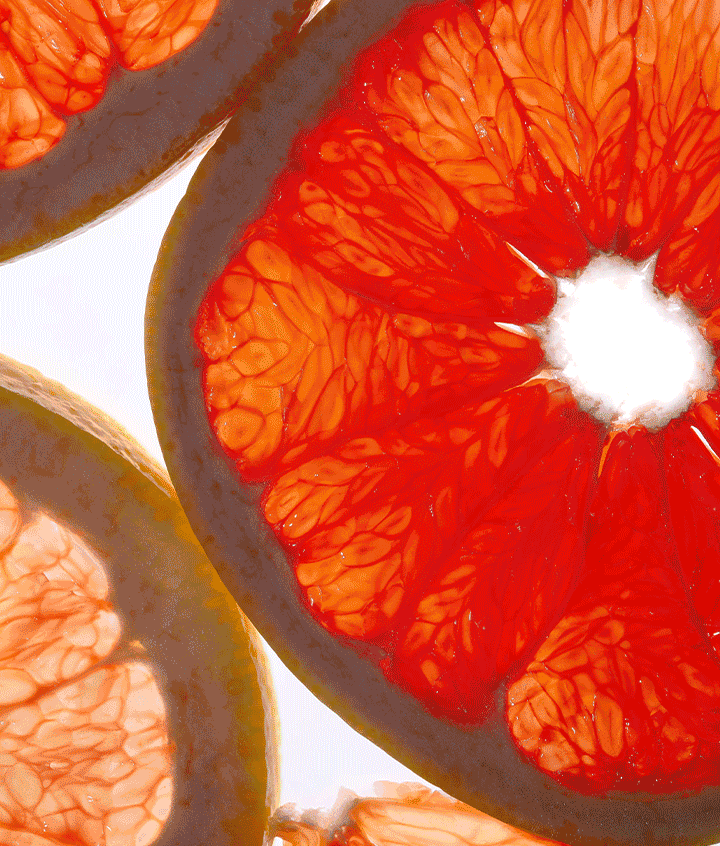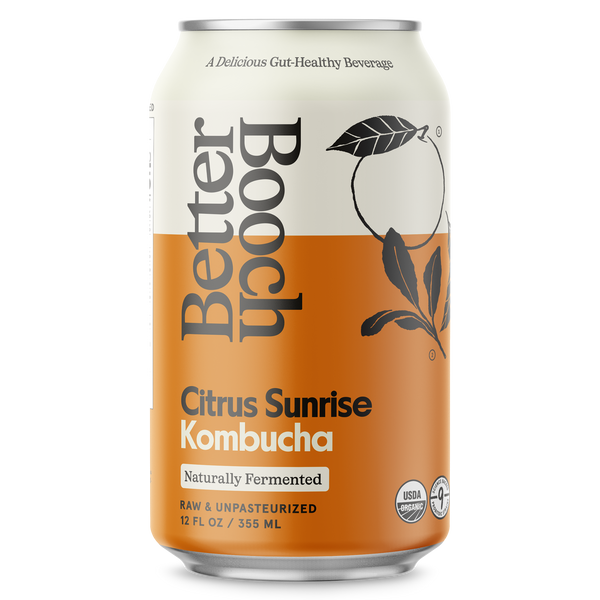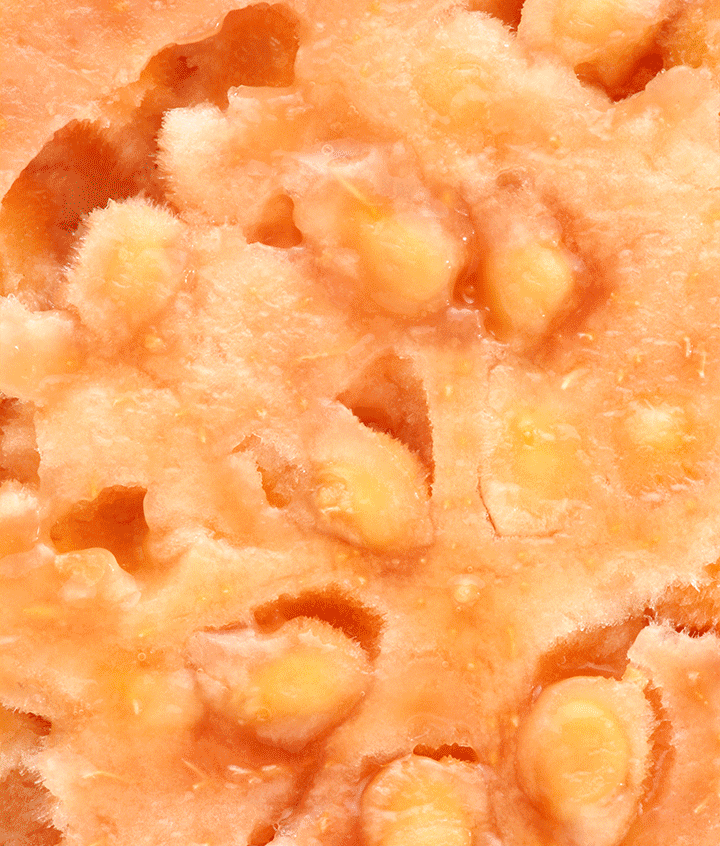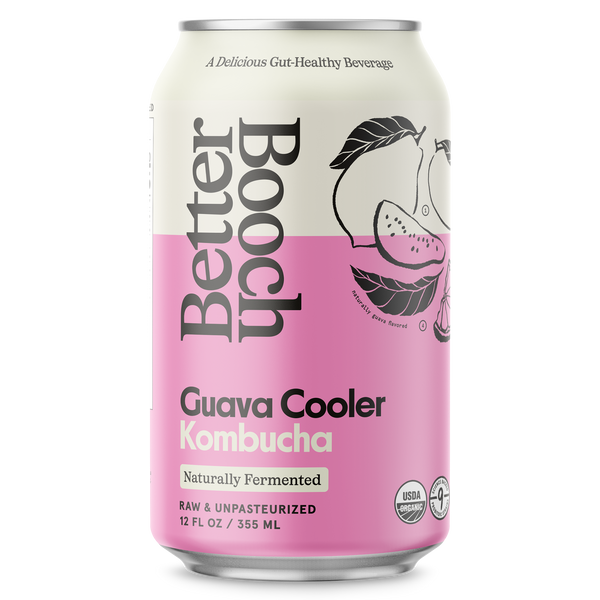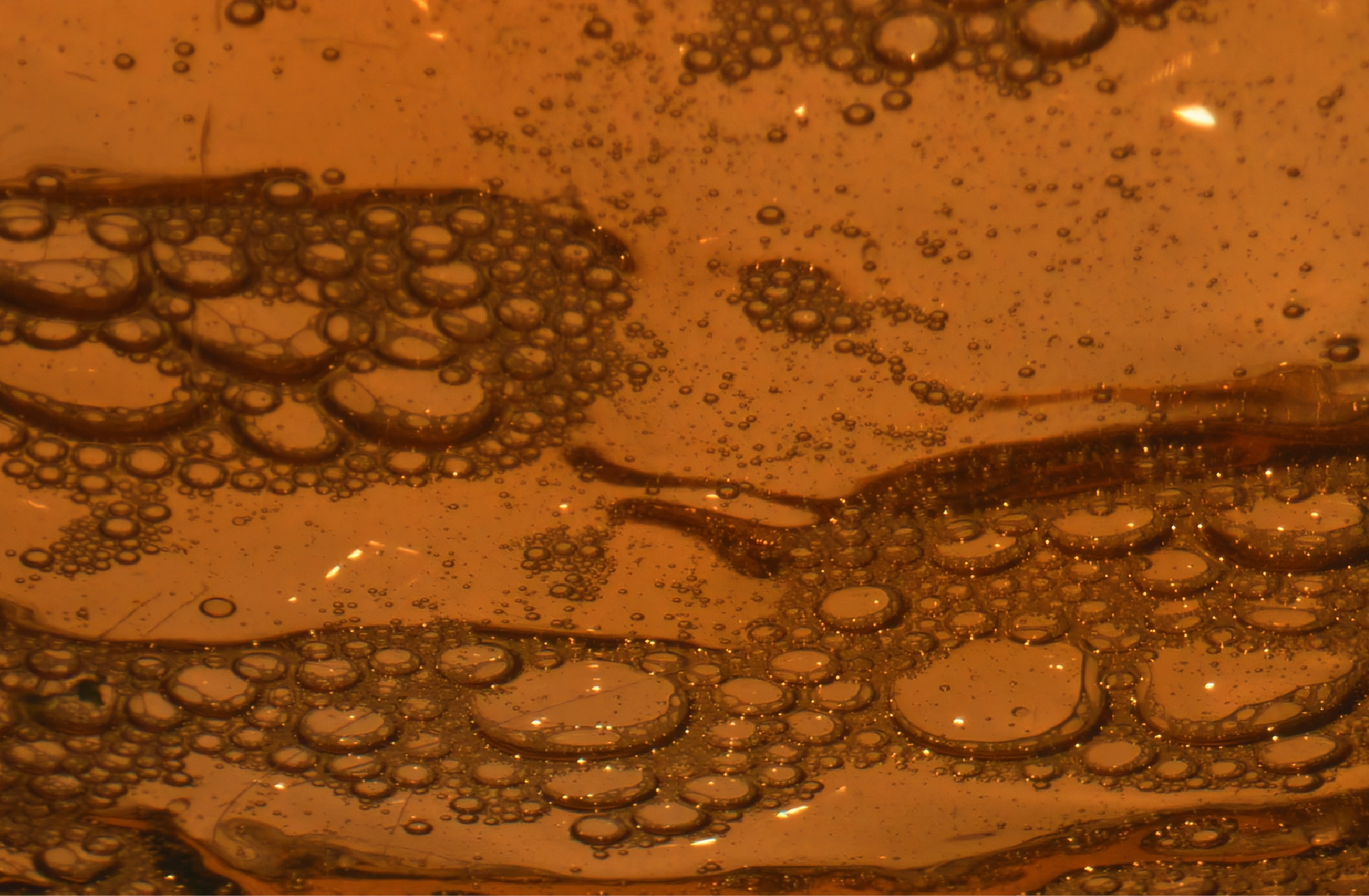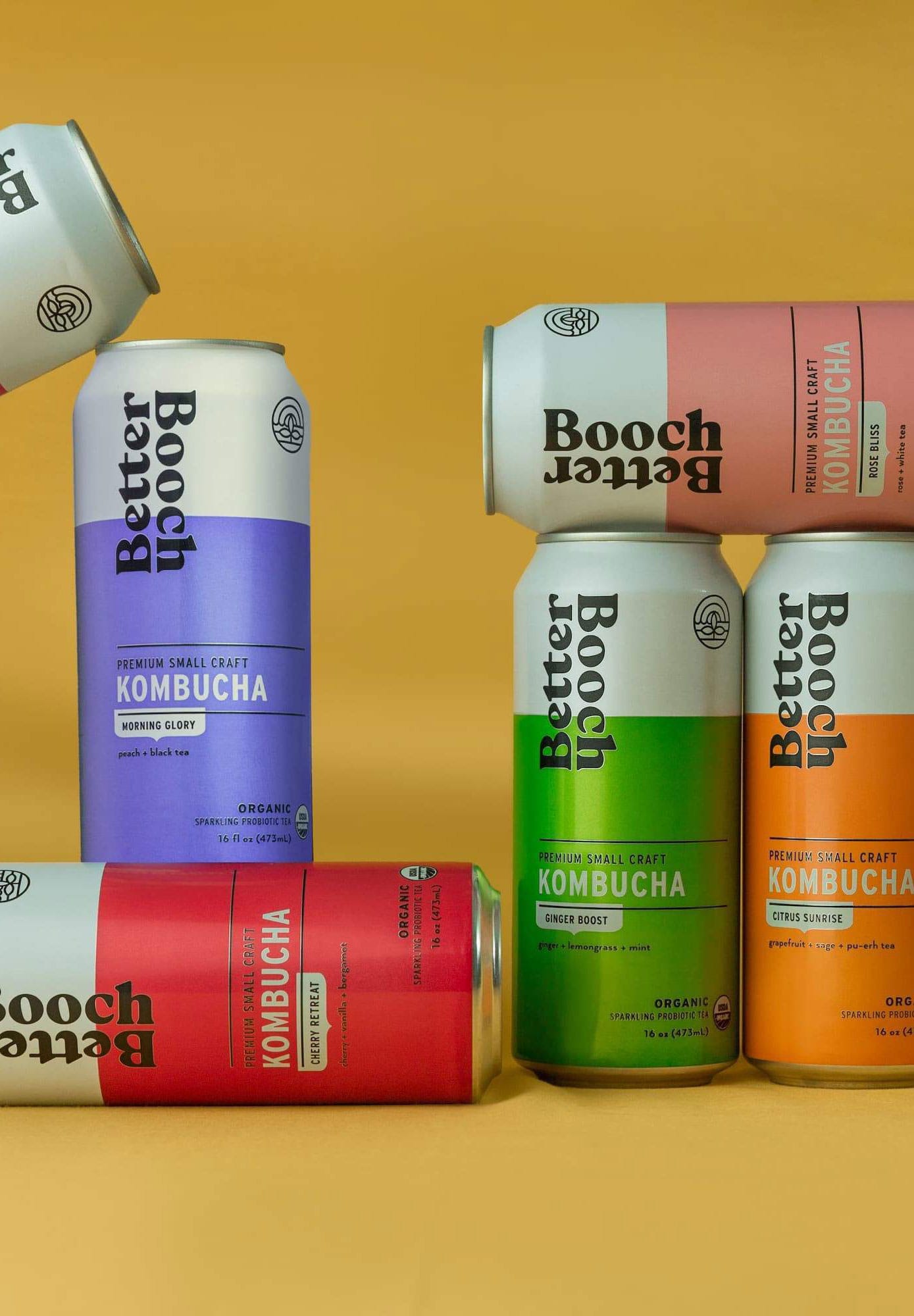Ever wondered how to make kombucha at home? The process of brewing this fermented tea is part science, part art, and entirely fascinating. Whether you're curious about the traditional kombucha recipe or want to understand how commercial kombucha is made, this complete guide will walk you through every step of the ancient fermentation process.
At Better Booch, we've perfected the art of kombucha brewing over years of dedicated practice. Let's share our knowledge and take you behind the scenes to explore how authentic kombucha is made, from the first steep of tea to that perfect fizzy sip in your glass.
WHAT YOU NEED TO MAKE KOMBUCHA: ESSENTIAL INGREDIENTS
Every great kombucha recipe begins with quality ingredients. Here's what you'll need for traditional kombucha brewing:
PRIMARY INGREDIENTS FOR KOMBUCHA RECIPE
Organic Tea Blends: At Better Booch, we carefully craft unique tea blends for each flavor, combining high-quality organic teas with herbs and botanicals. For home brewing, you can start with black tea, green tea, or a combination. Use 6-8 tea bags or 3-4 tablespoons of loose leaf tea per gallon of water.
Filtered Water: Water quality is crucial for healthy kombucha fermentation. Use filtered water free from chlorine and chemicals that could harm the delicate fermentation process. You'll need 1 gallon for a standard batch.
Organic Cane Sugar: Sugar feeds the living cultures during fermentation. Use ¾ to 1 cup of organic cane sugar per gallon of tea. The fermentation process will consume most of this sugar.
Potent Starter Tea: This is the real secret to successful kombucha brewing – mature kombucha from a previous batch that contains living bacteria and yeast cultures. You'll need 1-2 cups of strong starter tea per gallon.
STEP-BY-STEP KOMBUCHA BREWING PROCESS
STEP 1: HOW TO BREW YOUR TEA BASE
The kombucha making process begins with creating a strong tea base:
1. Heat 4 cups of filtered water to the appropriate temperature (185°F for green tea, 212°F for black tea)
2. Steep your tea blend for 10-15 minutes to create a concentrated base
3. Add organic cane sugar while the tea is still warm, stirring until completely dissolved
4. Add remaining cold water to bring the total volume to 1 gallon
5. Cool to room temperature (68-78°F) before proceeding
STEP 2: ADDING YOUR FERMENTATION STARTER
The Science Behind Starter Tea: Contrary to popular belief about kombucha SCOBYs, the starter tea is what actually ferments your sweet tea. Add 1-2 cups of mature, tart kombucha to your cooled sweet tea. This living starter tea:
- Lowers pH to create optimal fermentation conditions
- Introduces beneficial bacteria and yeast cultures
- Prevents harmful microorganisms from taking hold
STEP 3: PRIMARY FERMENTATION TIMELINE
Setting Up Your Fermentation Vessel
- Pour the mixture into a wide-mouth glass jar
- Cover with breathable cloth secured with a rubber band
- Never use airtight lids during primary fermentation
Optimal Fermentation Conditions
- Temperature: 68-78°F (fermentation time varies with temperature)
- Location: Away from direct sunlight in a well-ventilated area
- Duration: 7-14 days for most kombucha recipes
What Happens During Fermentation: During the kombucha brewing process, yeast consumes sugar and produces ethanol and CO2. Bacteria then convert ethanol into beneficial organic acids, creating kombucha's characteristic tang. A pellicle (often called a SCOBY) may form on top as a natural byproduct – this acts as a protective barrier controlling oxygen exposure.
STEP 4: TESTING AND FINISHING YOUR KOMBUCHA
How to Know When Kombucha Is Ready
- Taste daily after day 5
- Look for a balance of sweet and tart flavors
- pH should be between 2.5-3.5
- Fermentation time ranges from 7-30 days depending on conditions
STEP 5: FLAVORING AND SECONDARY FERMENTATION
Home Kombucha Flavoring Methods: After primary fermentation, you can create flavored kombucha:
- Add 1-2 tablespoons of fruit juice per 16oz bottle
- Include fresh fruits, herbs, or spices
- Ferment in airtight bottles for 2-4 days at room temperature
- Refrigerate once desired carbonation is achieved
PROFESSIONAL KOMBUCHA PRODUCTION VS. HOME BREWING
HOW BETTER BOOCH MAKES KOMBUCHA DIFFERENTLY
Commercial Kombucha Brewing Advantages
- Custom tea blends with herbs and botanicals for each flavor
- Temperature-controlled fermentation environments
- Consistent starter culture maintenance
- Professional quality control and testing
Dry Hopping and Bright Tank Finishing: Some Better Booch flavors receive dry hop additions for enhanced aroma and complexity. Our finished kombucha moves to temperature-controlled bright tanks for final conditioning.
KOMBUCHA SAFETY AND QUALITY CONTROL
ESSENTIAL SAFETY TIPS FOR HOME KOMBUCHA MAKERS
pH Testing: Always test your kombucha's acidity. Properly fermented kombucha should have a pH between 2.5-3.5.
Visual Inspection: Look for signs of mold (fuzzy growth on top, usually green, black, or white). Healthy fermentation may produce a pellicle but should never show mold.
Alcohol Content: Home-brewed kombucha typically contains 0.5-2% alcohol. Commercial kombucha like Better Booch is monitored to stay under 0.5%.
TROUBLESHOOTING COMMON KOMBUCHA BREWING PROBLEMS
TEMPERATURE ISSUES
- Too cold: Fermentation slows dramatically below 65°F
- Too hot: Above 85°F can harm beneficial cultures
- Solution: Maintain consistent 68-78°F for optimal results
WEAK STARTER TEA
- Problem: Slow or incomplete fermentation
- Solution: Use more starter tea (up to 20% of total volume)
OVER-FERMENTATION
- Signs: Extremely sour taste, vinegar-like smell
- Prevention: Taste test daily and refrigerate when ready
FREQUENTLY ASKED QUESTIONS ABOUT MAKING KOMBUCHA
HOW LONG DOES KOMBUCHA TAKE TO FERMENT?
Primary fermentation typically takes 7-14 days, but can range from 5-30 days depending on temperature, starter strength, and desired flavor profile.
CAN YOU MAKE KOMBUCHA WITHOUT A SCOBY PELLICLE?
Yes! The pellicle is a byproduct of fermentation, not a requirement. Strong starter tea contains all the necessary cultures for successful kombucha brewing.
WHAT'S THE BEST TEMPERATURE FOR KOMBUCHA FERMENTATION?
The optimal temperature range is 68-78°F. Higher temperatures speed fermentation, while lower temperatures slow it down.
HOW MUCH SUGAR IS NEEDED FOR KOMBUCHA?
Use ¾ to 1 cup of sugar per gallon of tea. The fermentation process will consume 60-90% of this sugar.
CAN YOU REUSE KOMBUCHA STARTER TEA?
Absolutely! Reserve 10-20% of each batch as starter tea for your next brew. This creates a continuous brewing cycle.
HOW DO YOU KNOW WHEN KOMBUCHA IS READY?
Taste test daily after day 5. Look for a balance of sweet and tart flavors, and check that pH is between 2.5-3.5.
THE ART AND SCIENCE OF KOMBUCHA FERMENTATION
WHY TRADITIONAL METHODS MATTER
Making kombucha is both predictable and mysterious. While we understand the fermentation science, each batch is influenced by countless variables: humidity, temperature fluctuations, seasonal changes, and the unique characteristics of your starter culture.
This is why experienced kombucha brewers speak of their craft as an art form. It requires patience, observation, and respect for the living fermentation process.
BETTER BOOCH'S COMMITMENT TO AUTHENTIC BREWING
What Makes Our Kombucha Different
- Flavor integration: We build flavors into our tea blends from the beginning
- Traditional timeline: We never rush fermentation for consistent quality
- Small-batch oversight: Each batch receives individual attention
- Raw and unpasteurized: We preserve beneficial living cultures
- Organic ingredients only: No compromises on ingredient quality
FROM ANCIENT WISDOM TO MODERN KOMBUCHA MAKING
The kombucha recipe and brewing process we use today closely resembles how this fermented tea has been made for centuries. In our modern world of processed foods, there's something beautiful about honoring this ancient fermentation tradition.
Every bottle of Better Booch represents this timeless relationship between human intention and natural fermentation – sweet tea transformed by living cultures into something greater than the sum of its parts.
Whether you're learning how to make kombucha at home or simply want to understand the process behind your favorite commercial brew, remember that you're participating in a tradition that has nourished people across cultures and centuries.
READY TO START YOUR KOMBUCHA JOURNEY?
For Home Brewers: Start with a simple black tea recipe and quality starter tea. Be patient with the process and remember that each batch teaches you something new about fermentation.
For Kombucha Lovers: Experience the difference that authentic, traditional brewing makes by exploring our full range of handcrafted kombuchas.
Ready to taste the art of traditional kombucha fermentation? Explore our complete collection of authentically brewed kombuchas and discover flavors that showcase the beauty of this ancient process.
Want to deepen your kombucha knowledge? Check out our related posts on why there's sugar in kombucha, caffeine content in fermented tea, and how kombucha supports your gut microbiome for a complete understanding of this fascinating fermented beverage.
